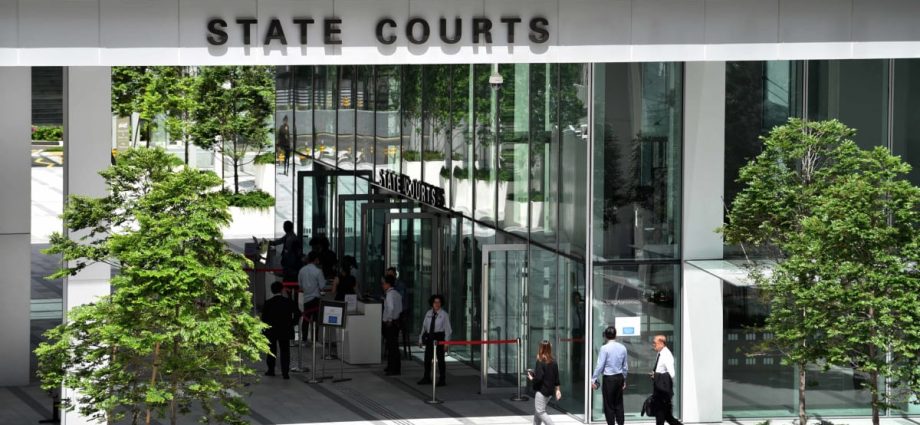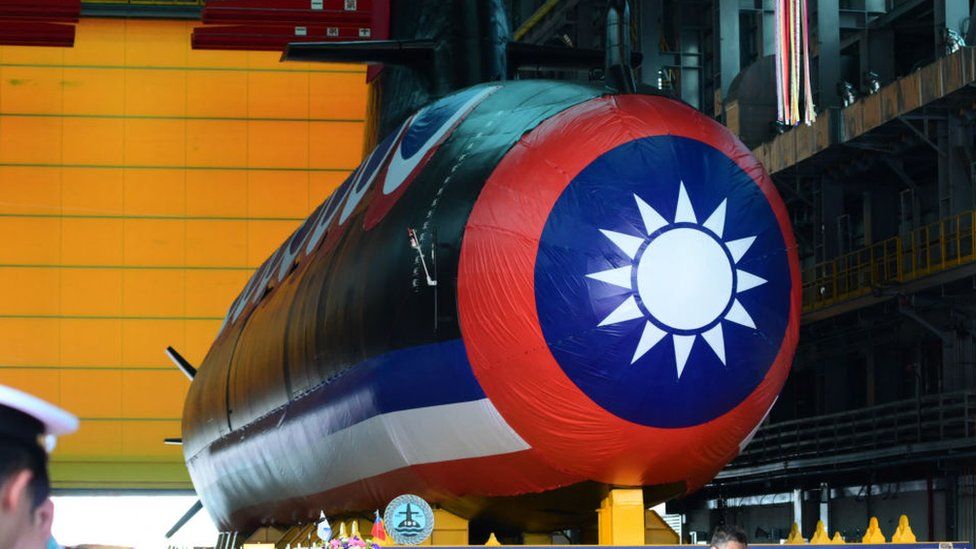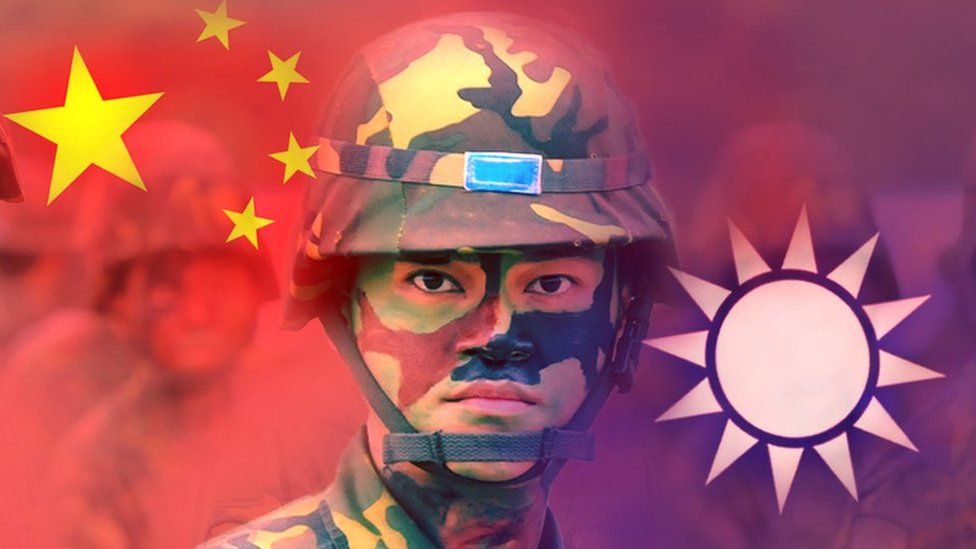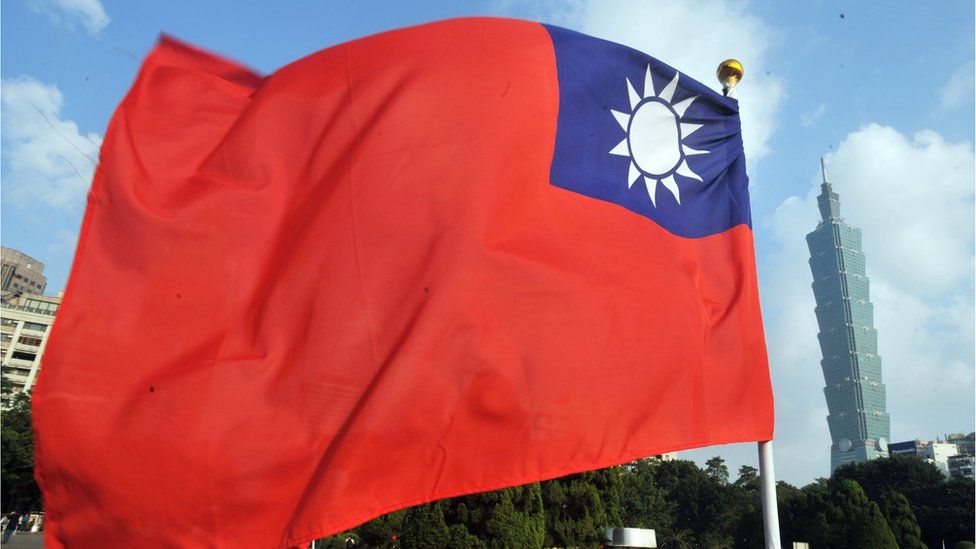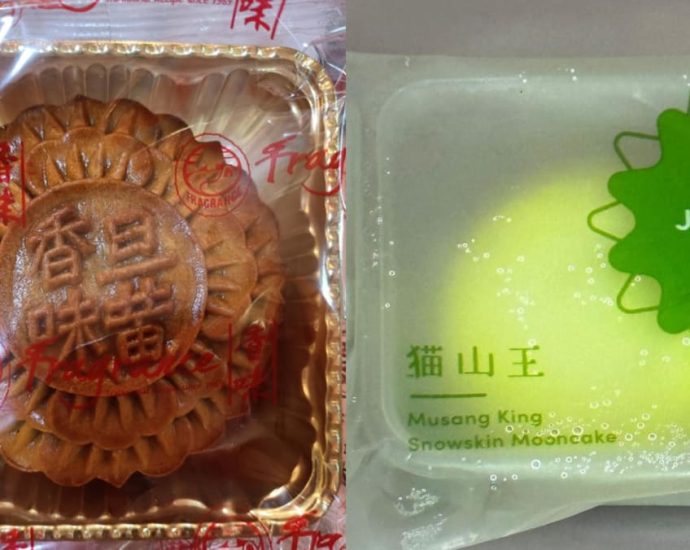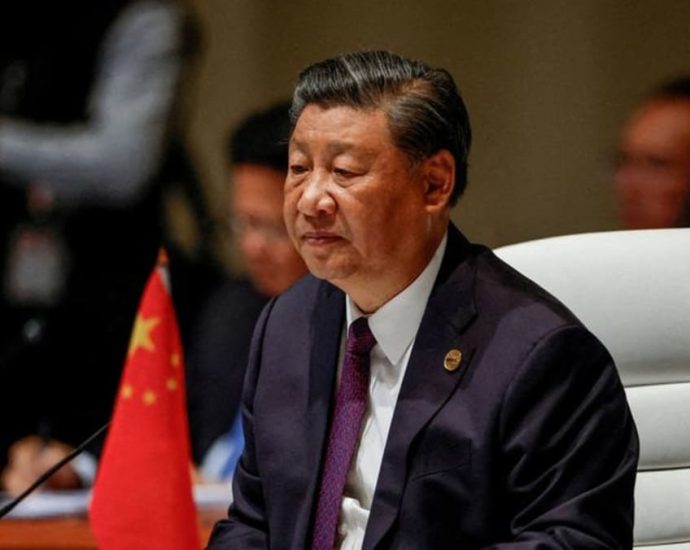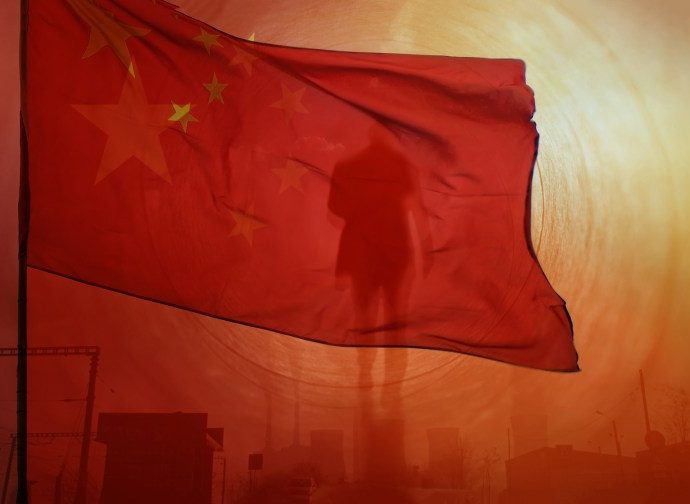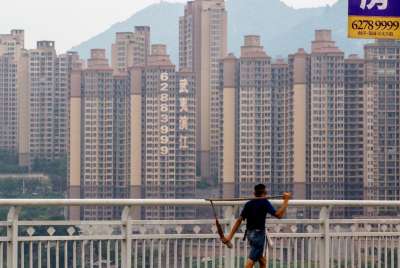Director of 186 firms fined after one company was used to launder US$2.36 million in scam proceeds

SINGAPORE: A jobless man who was unable to find employment during the COVID-19 pandemic agreed to act as the director for 186 companies in exchange for payment.
One of those firms was used to launder US$2.36 million (S$3.24 million) obtained from victims who had been cheated overseas.
Er Beng Hwa, a 49-year-old Singaporean, was fined S$4,000 by a court on Wednesday (Sep 27), after pleading guilty to one count of failing to exercise reasonable diligence as a director. A second similar charge was considered in sentencing.
He was also disqualified from being a company director for three years.
The court heard that Er, also known as Adrian, had a Bachelor’s degree in business and worked various jobs to earn a living in 2020 and 2021.
Between April and June in 2020, he could not find a job because of the pandemic and was unable to pay his rent and other debts.
His previous landlord introduced him to a Chinese national named Zheng Jia.
Zheng was a chartered accountant who provided accounting and corporate secretarial services via the companies Atoms Global, Zhuoxin Global (Singapore) and Panasia Secretarial Services.
He suggested an arrangement for Er to act as a local director for companies incorporated by Atoms Global for Zheng’s clients.
Zheng said Atoms Global would conduct the necessary checks on clients and handle paperwork and checking of accounts.
Other than signing documents for company registration and opening bank accounts, Er “need not do anything”, Zheng said.
Er understood that he would be a director of the companies in name only and would not have any responsibility over the actual running of the firms.
In exchange, he would receive S$50 per year for each company that he stood as nominee director for. He would also be paid S$50 if he needed to open a bank account for the company or make any trip to sign documents.
Er did not know what work Zheng or his companies did, but agreed to the arrangement.
Under this agreement, Er was registered as local director and secretary of a Singapore company called Rui Qi Trading, incorporated in August 2020.
One of Zheng’s clients, Chinese national Hou Xiaohui, was registered as the foreign director of Rui Qi, which supposedly dealt with the wholesale of industrial, construction and related equipment.
BANK ACCOUNTS USED TO FUNNEL CHEATING PROCEEDS
Rui Qi opened two bank accounts under Hou’s name, which were used to funnel the proceeds of cheating.
These include a sum of US$1.2 million, which Texas Capital Bank was cheated into transferring in November 2020 via a spoof email scam.
The sum went to one of Rui Qi’s bank accounts and was transferred to various accounts in China, Hong Kong, India and Indonesia.
Another scam victim was German company Gasfin Development Gmbh, which received purported emails from its supplier requesting payments.
Gasfin fell for this business impersonation scam and transferred a sum of about US$176,400 to a bank account.
Of this sum, about S$237,000 was transferred to Rui Qi’s account and dissipated to other bank accounts in China and Hong Kong.
A third victim was Abu Dhabi Ports, which received a fraudulent email presenting an invoice from Bengal Tiger Line.
The company was deceived into transferring nearly US$980,000 to Rui Qi’s account. The money was further transferred to bank accounts in Hong Kong.
Police reports were lodged in Singapore over the three cases of cheating. Investigations revealed that Hou had not entered Singapore, and that Rui Qi’s bank account was opened through exploiting local banks’ remote account opening processes.
Certain processes were allowed to be done through video-conferencing during the COVID-19 pandemic.
As of January 2021, Er was found to be a director of 186 companies in Singapore. He stopped acting as a director of Rui Qi in August 2021.
PROSECUTION SEEKS FINE
The prosecution sought a fine of S$3,000 to S$4,000 and for Er to be disqualified from standing as a nominee director for three years.
Deputy Public Prosecutor Vincent Ong said it is “almost impossible to exhibit greater negligence as a director” than Er was in this case, “having absolutely washed his hands clean of the affairs of the company”.
“It is only due to his ability to point to the fact that he was effectively told to do so by Zheng that prevents his conduct from crossing into the realm of gross negligence – the facts indicate that he had been assured to some degree that Zheng would handle everything other than signing documents for the company,” said Mr Ong.
Er was motivated by monetary returns for doing “essentially nothing” in exchange for payment of S$50 per company per year, and a later employment with a salary of S$1,400 per month, said Mr Ong.
“The fact that he was a director of 186 companies as at January 2021 would have generated a return of at least more than S$9,000,” he said.
For failing to exercise reasonable diligence in the discharge of his duties as director, Er could have been jailed for up to 12 months or fined up to S$5,000.
Zheng faces charges under the Companies Act and his case is pending before the courts.

